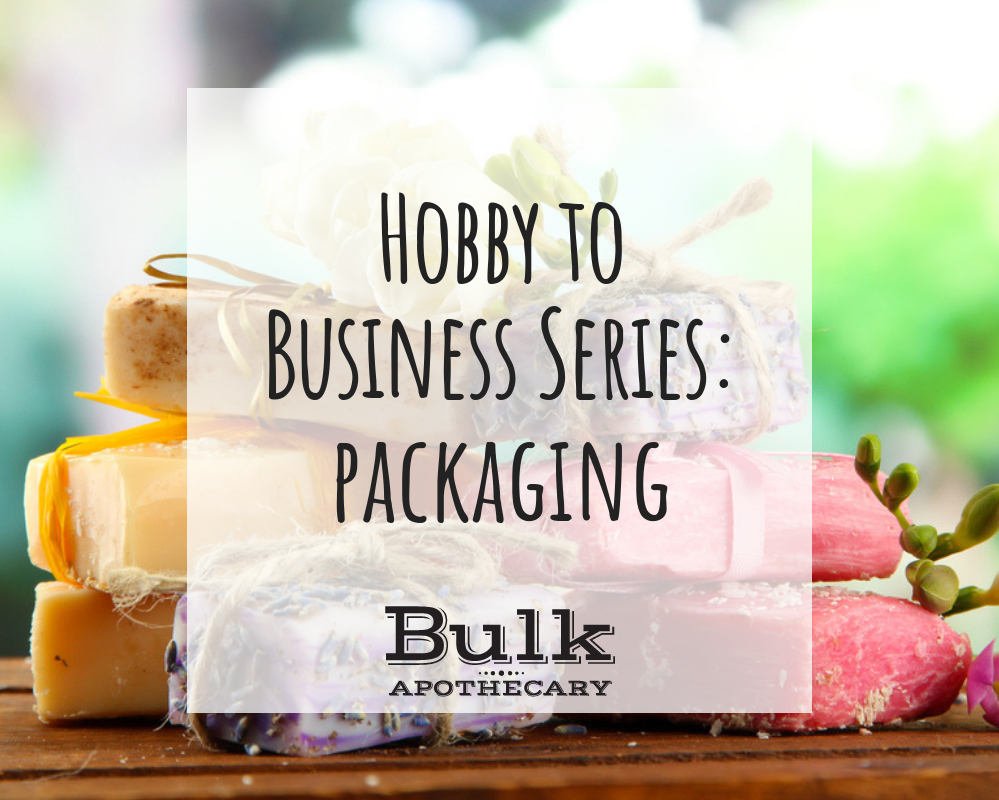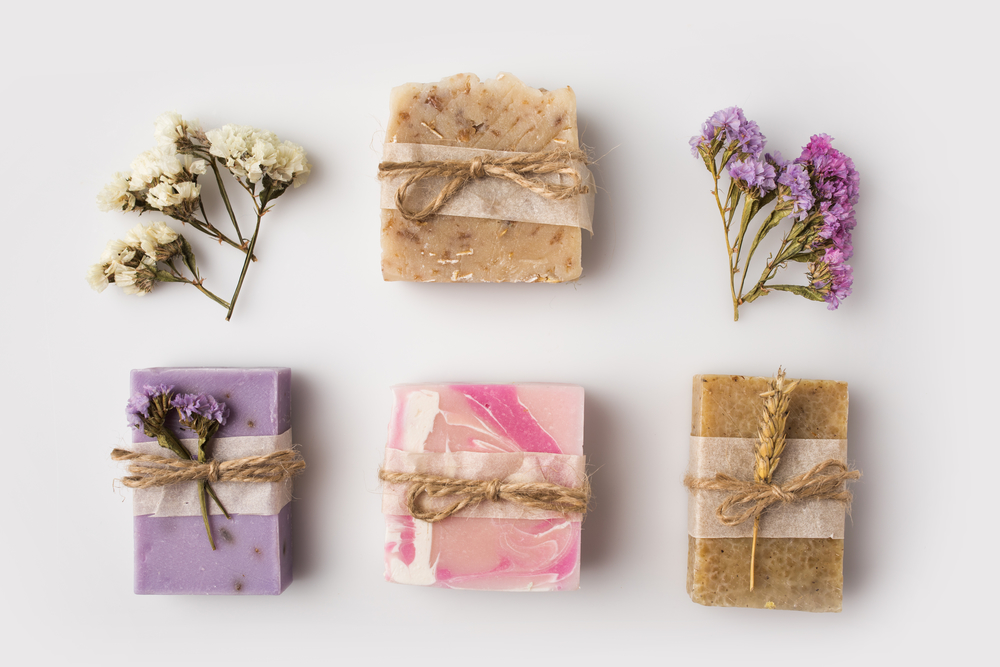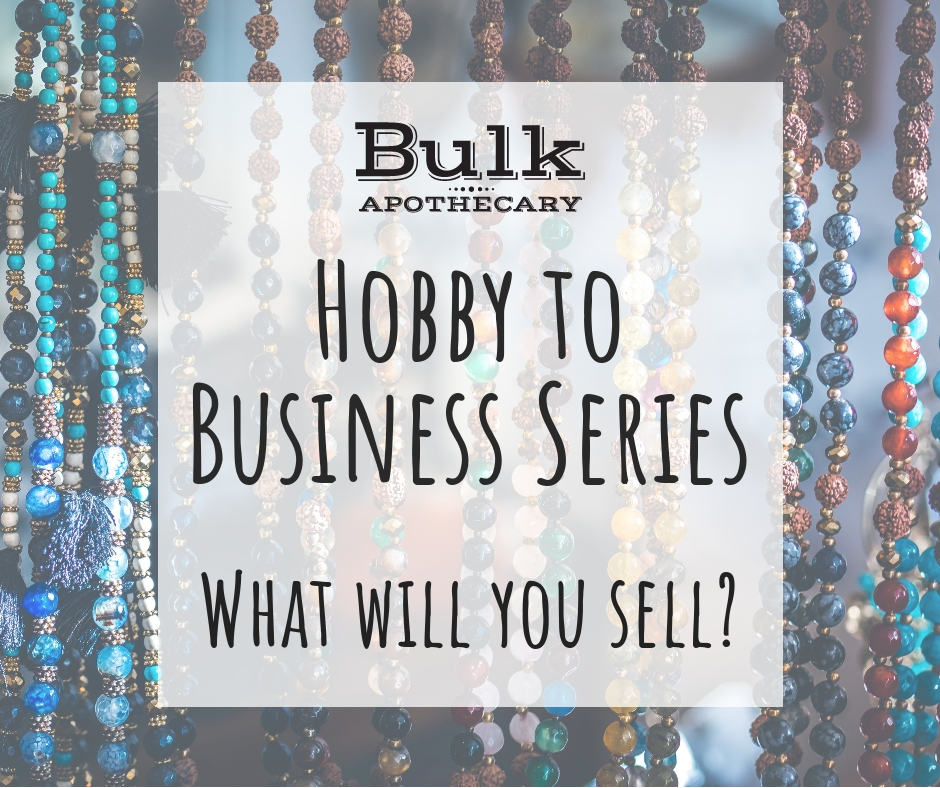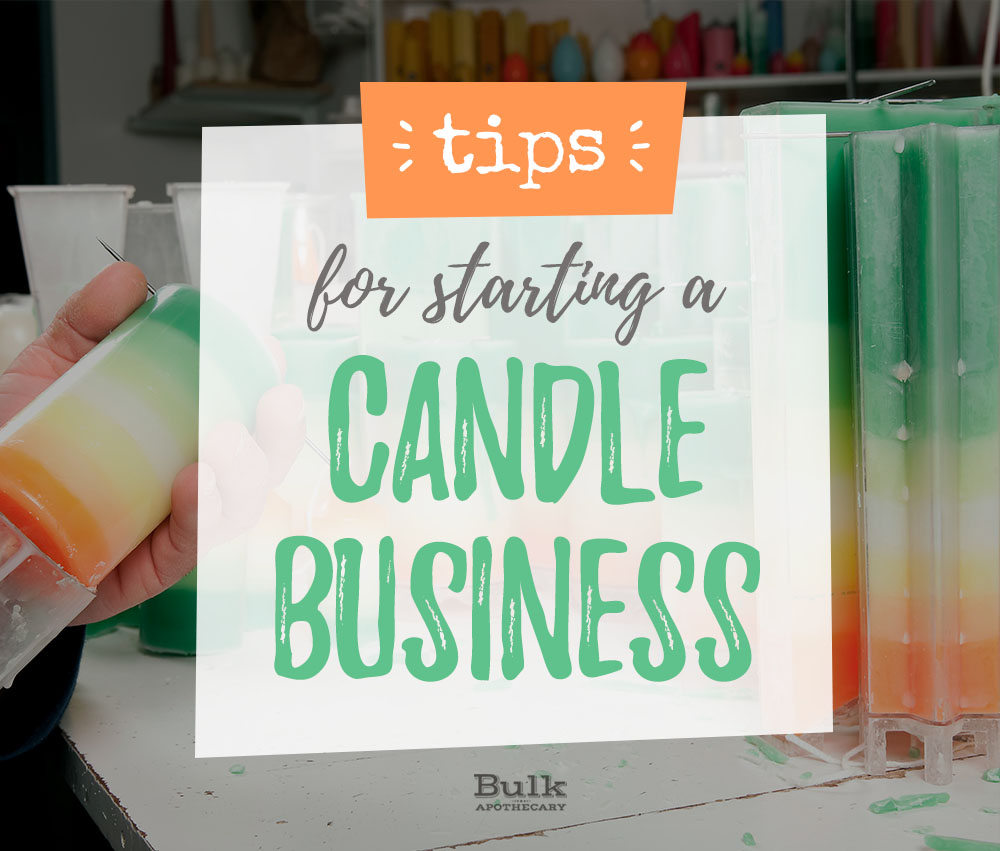Product packaging tells the story of you and your brand. Not only does it make a great marketing tool, but it also helps you and your product stand out among the competition. Packaging is one of the final touches put on a finished product and can sometimes make or break a sale. Our brains process visual information in a matter of seconds… what do you want your customers to remember about your brand?
Think of packaging as a first impression that will help your customer understand your product and its intended use.
Types of Packaging
Bags
Sometimes a brown paper bag is all you need for packaging. This would be a viable option if you were selling, say, a grab bag of something like candy or soap sample bars. A bag with a window may be a great option as it allows your consumers to visualize the product.
Of course, there are many types of bags available, some made of plastic, some paper, some fabric. Organza bags, in particular, offer a luxurious look at an affordable price. Perhaps you could sell that lavender cold process soap with a few lavender buds in a purple organza bag.
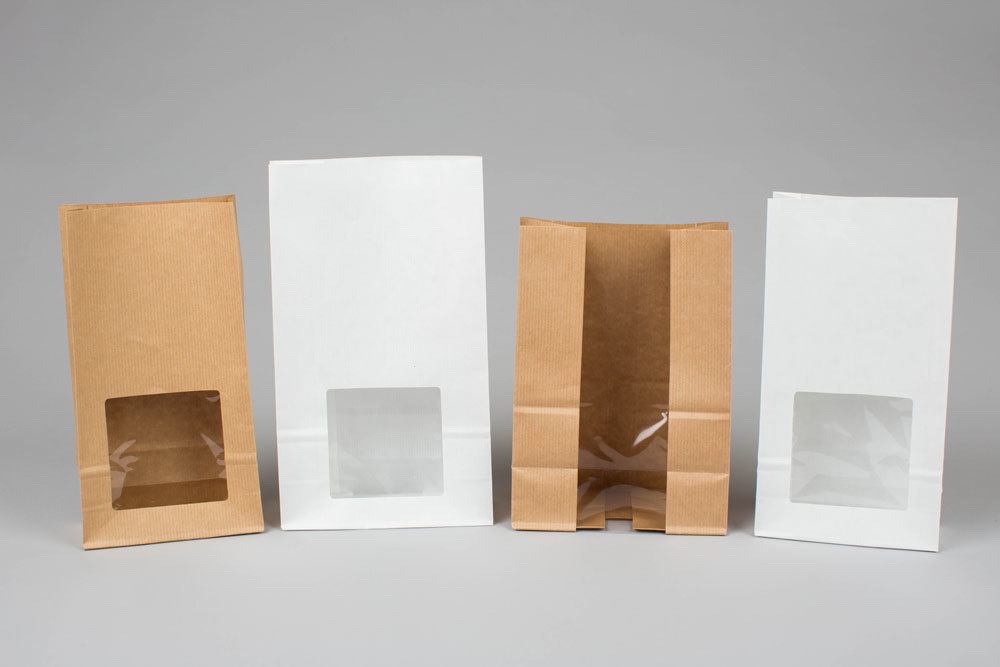
Boxes
Boxes come in all shapes and sizes. They can be custom made to fit your product in all kinds of dimensions and materials. Let’s think about something purchased from Amazon. What is the first part of the packaging we see? It’s that brown box with Amazon printed all over it sitting on our doorstep.
This can also be considered the product’s outer packaging. This is the first thing your consumer will see. The outer packaging is typically designed to protect your product. This is especially important if you are operating a small business in which you take orders online and ship your products out.
Of course, the box doesn’t have to be the typical cardboard box. Many people opt to sell their soap bars in white boxes with windows because it allows for safe handling, plus it gives the customer a visualization of the product.
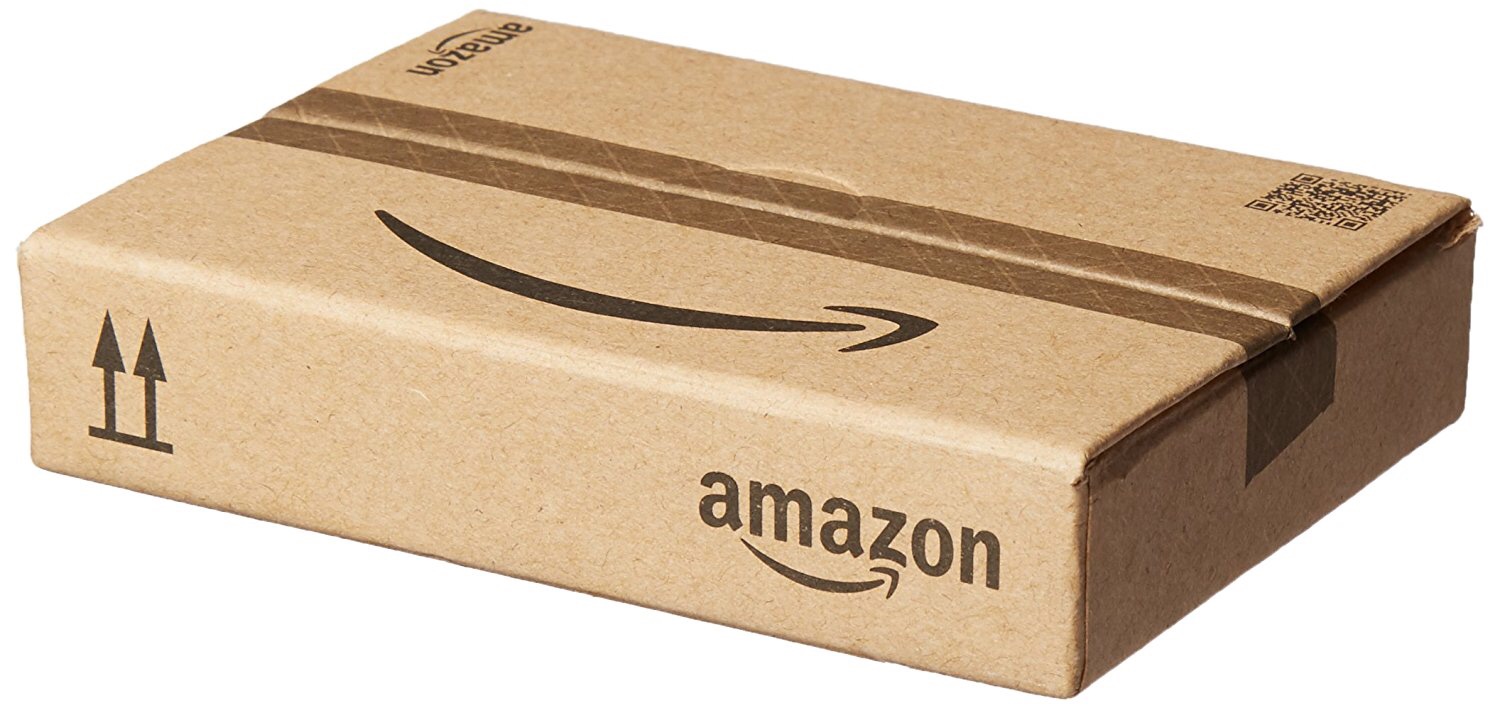
Clamshell
It probably wouldn’t be practical to sell soap bars in individual clamshell packages. Doesn’t everybody just love those? I hope you sense my sarcasm. Yes, I am referring to those beloved plastic clamshell packages that require scissors or a knife to open if they are tamper-proof sealed.
Maybe soap wouldn’t be too appealing in a clamshell package, but what about, say, wax melts or votive candles? This style of packaging can be very useful in that it allows a place for the product to be made, stored, and pieces can be used individually
Do you want your customers to be able to feel your product? If so, this method may not be quite on point for your product packaging. Don’t get discouraged – it’s all about what works best for you and your goods.
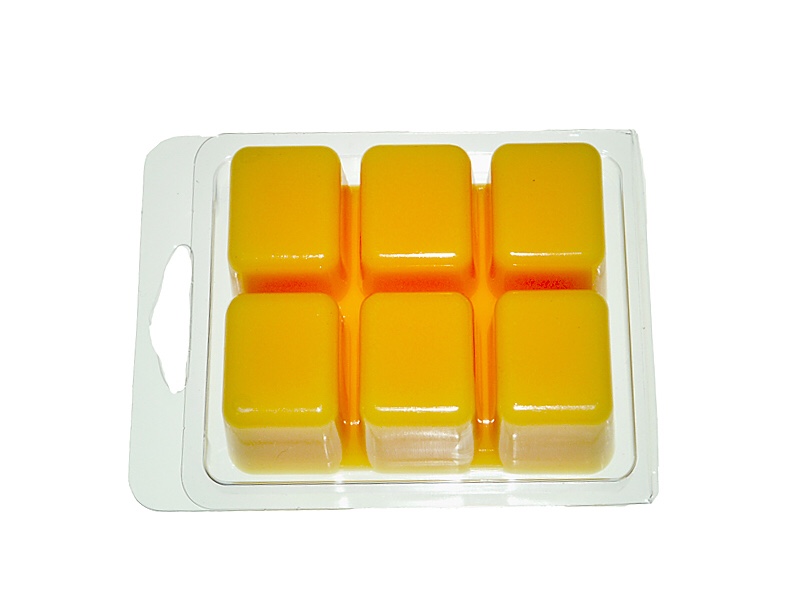
Hang Tags
These are fantastic for sticking to a budget while still offering relevant packaging. You can purchase them in many places like craft stores or online shops – I’ve even able to snag them at the dollar store at times/
Take into consideration if this is the right type of packaging for your product. For example, it may be a little odd to buy a bottle of soda that has no label wrapped around it but has a tag hanging from its neck. Is a hang tag appropriate for your product? Would your product look right with a tag hanging from it instead of a “traditional” package?
Hang tags are a great option for candles. These allow the customer to gain all important information such as fragrance, instructions and contact information – while also being able to remove the tag if they’d like to keep a more chic look to their newly purchased candle.
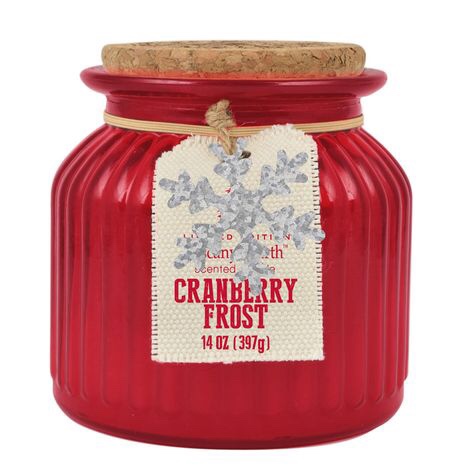
Header Cards
Header cards are simply cardboard or cardstock that is folded in half and stapled to a bag, usually a type of plastic, that holds the product.
You know the little $1.00 bags of candy that adorn the snack aisle of drug stores? They usually have a header tag that hangs from the rack of the display. The header tag shows the candy type and logo, with its more pertinent information on the back of the header tag such as nutrition facts, ingredients and contact information. They are usually easy to open but are typically not resealable. They hang nicely, but how would they look stacked or placed flat on a table? Probably not as good.

Backer Cards
Quite similar to header cards, backer cards are the same type of design except the cardboard or cardstock extends down to the bottom of the bag containing the product. A great example of a product that utilizes a backer card would be a multipack of car air fresheners.
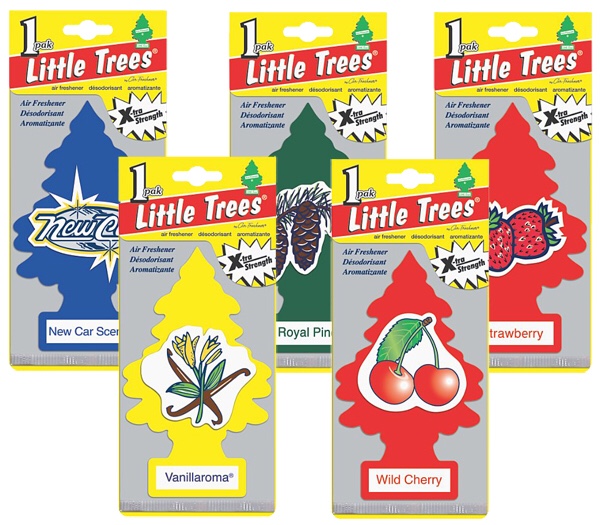
Shrink Wrap
Using shrink wrap protects your product from the elements and still allows the item to be tangible and seen. This is a great option for items like bath bombs that need to be kept safe and compact. Shrink wrap is an application that works for a wide range of products, anywhere from bacon to soap.
Products can be shrink wrapped at home by using special bags and a heat source such as a hairdryer. The convenience and practicality of this method makes it one of the most popular in our niche industry.
Cigar Bands
This is one of the tried and true, go-to methods for packaging bar soap and one of my personal favorites. These are simply a piece of cardstock, tissue paper or another material wrapped around the bar horizontally. This allows a place for potential customers to pick up the bar without necessarily having to touch the actual product.
This type of packaging lends itself to our senses of touch, sight and smell. With a majority of the product exposed, we can see what it looks like in its bare form, how it smells, how the texture feels. You can even have the cigar brands printed to only have your name and ingredients on the band – this way, moving forward the only variable that would need to be changed is the scent or style of the soap.

Thinking Outside the Box… Literally
One example of unique packaging that comes to mind for me would be an item offered at my local gemstone and crystal shop. The owner sells plastic Easter eggs that encapsulate an assortment of six or so tumbled & polished gemstones. These are sold at a discounted price: they are $0.75 for each Easter egg, or you can go for the larger mystery assortment that comes in a stapled brown paper bag for $2.00. Whenever I go into the shop with the intent to buy a specific item, I always end up leaving with one or more of both. I am an adult and the element of surprise created by the ominous packaging still piques my curiosity. Do I need to really spend that $2.75? No. Do I spend it anyway? You bet.
Are you able to think of a time that you may have bought a product and then realized the only major appeal of said product was its packaging? Sometimes the packaging may be more memorable than the product itself and it’s no surprise that unique packaging helps drive sales.
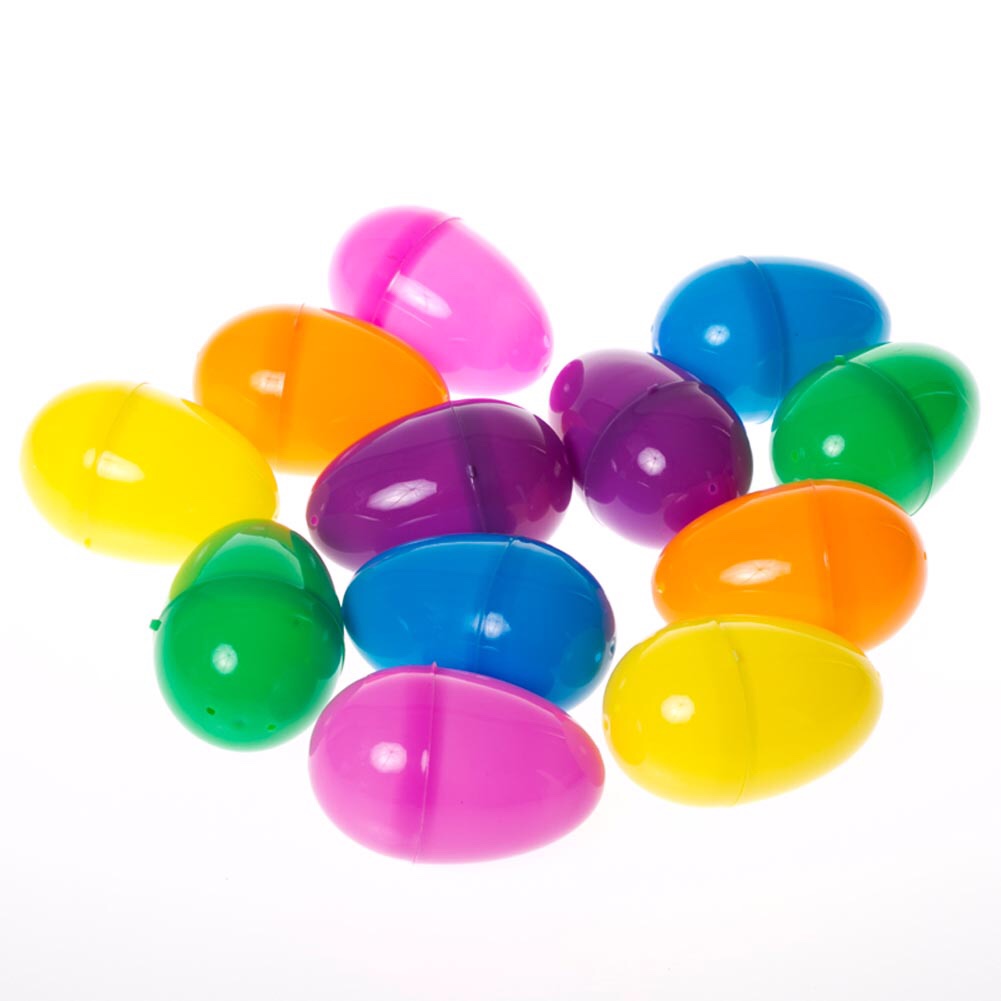
Planning Ahead
Now that you’ve got an idea of some of the different types of packaging out there, let’s take a peek at four more steps I think are imperative to the packaging process.
Gather Inspiration
Some of my favorite online resources to get inspired are Pinterest and Etsy. If you’ve ever been on either site, I’m sure you are familiar with how one click leads to another and you look up only to find two hours have passed by. Containing user-created content, these two websites are very powerful in terms of researching the handmade market. Google Images is another great place to go for insight as to how other products similar to yours are being packaged.
Deciding upon packaging for your product is a process that should not be rushed. Next time you head into the store, find a moment to observe displays, aisles and how each product is lined up on the shelves. The shampoo aisle is great for this. Choose a brand and look at each variation of their shampoo or conditioner. Based off of the imagery, style, and logo, are you able to tell that the curly hair shampoo is in the same lineup as the shampoo for damaged hair? Successful brands are able to easily do this because of the uniformity of their packaging and appearance. By knowing what everyone else is doing, it is easier to determine which direction you should go.
Consider Practicality
Does your packaging fit your product? Would you put a powder or liquid in a jar or a solid substance in a bottle? I didn’t think so.
Of course this entails a bit of common sense – it’s a no-brainer that some products simply will not work in certain types of packaging. Make sure your packaging is practical especially in the sense of sturdiness and safety. It would be an awful shame if your beautiful item didn’t make it flawlessly through transit and didn’t have the durability to protect your product
Does it Complement Your Brand?
Your packaging is essential to maintaining a concise brand image. Consistent packaging within your product lineup will without a doubt increase your brand recognition. Think of those golden arches. You already know I’m talking about McDonald’s, right? That’s because their consistency and color scheme has lasted for decades and by now, we automatically associate that symbolism with a specific business.
Perhaps you sell all natural soap and you want matching packaging. You could use recycled brown paper as a cigar band which adds minimal waste, yet still offers your customers a specific look to go along with the necessary information required on a label or packaging. How about soaps for kids? Those should probably be packaged with a little more protection, don’t you think? Maybe something brightly colored and sturdy would be best for that specific demographic.
Affordability
Consider your budget and don’t forget to create a long-term plan. Some variables that need to be worked into the budget are printing fees, paying a graphic designer for your brand’s artwork (this is usually a one-time cost unless you continue to add new products to your lineup), cost of materials, cost of your time or whomever may be packaging the product and the cost of different types of materials. Shipping costs should also be taken into account.
You may want lavish packaging for your soap, but it may just not be realistic at this time. Packaging costs should always be kept minimal, so maybe it is not realistic to be offering that silver foil embellished package with ribbon on your soap bars.
Putting Your Plan in Motion
Take enough time to do your research on these key takeaways. It’s never too soon to start looking – start by looking at the contents of your linen closet or pantry to find some examples right in your home.
Join us next week as we take a closer look at appearance – if you’re setting up your small business, it’s wise to conjure up a logo early on. What is your vision and how do you intend to make it come to life?
